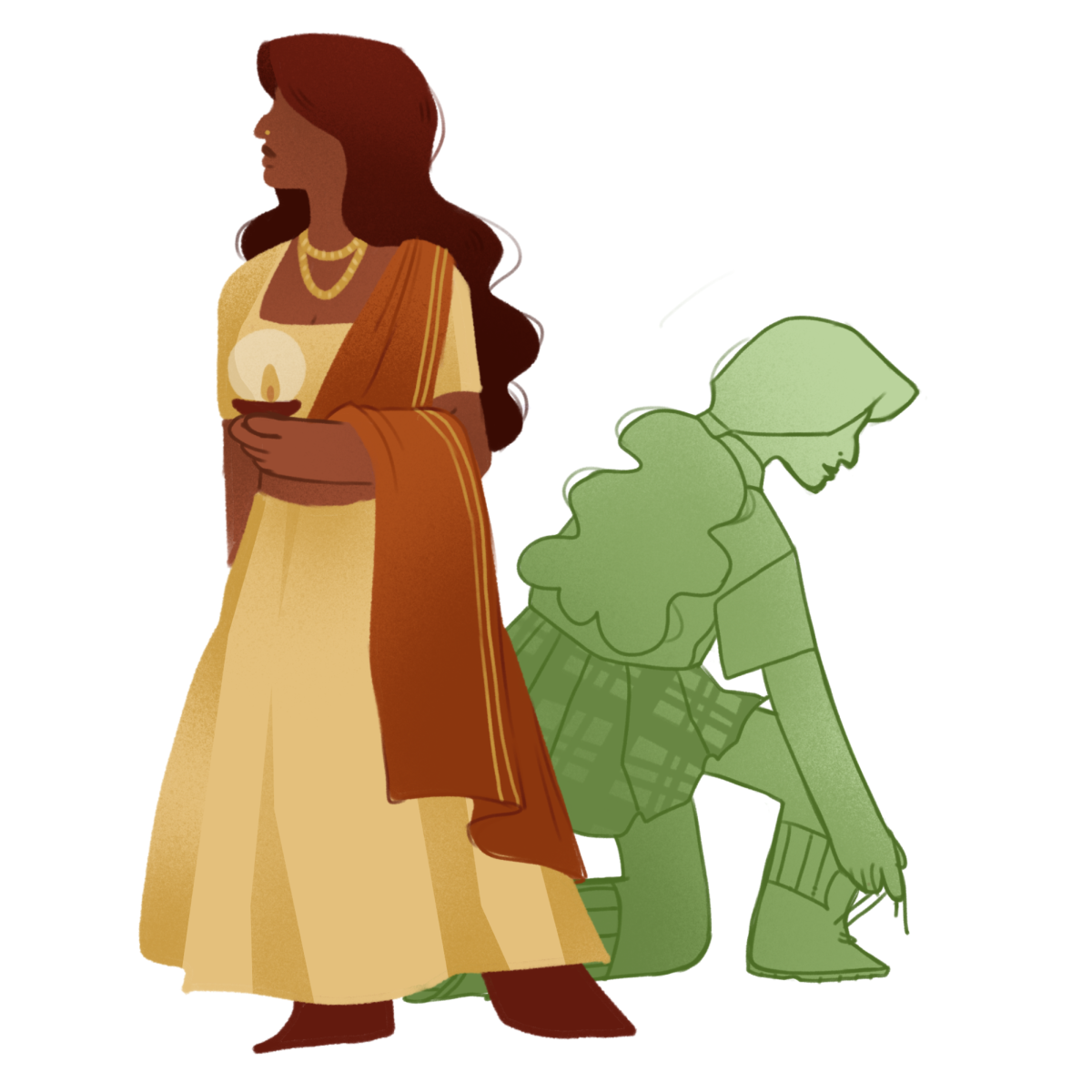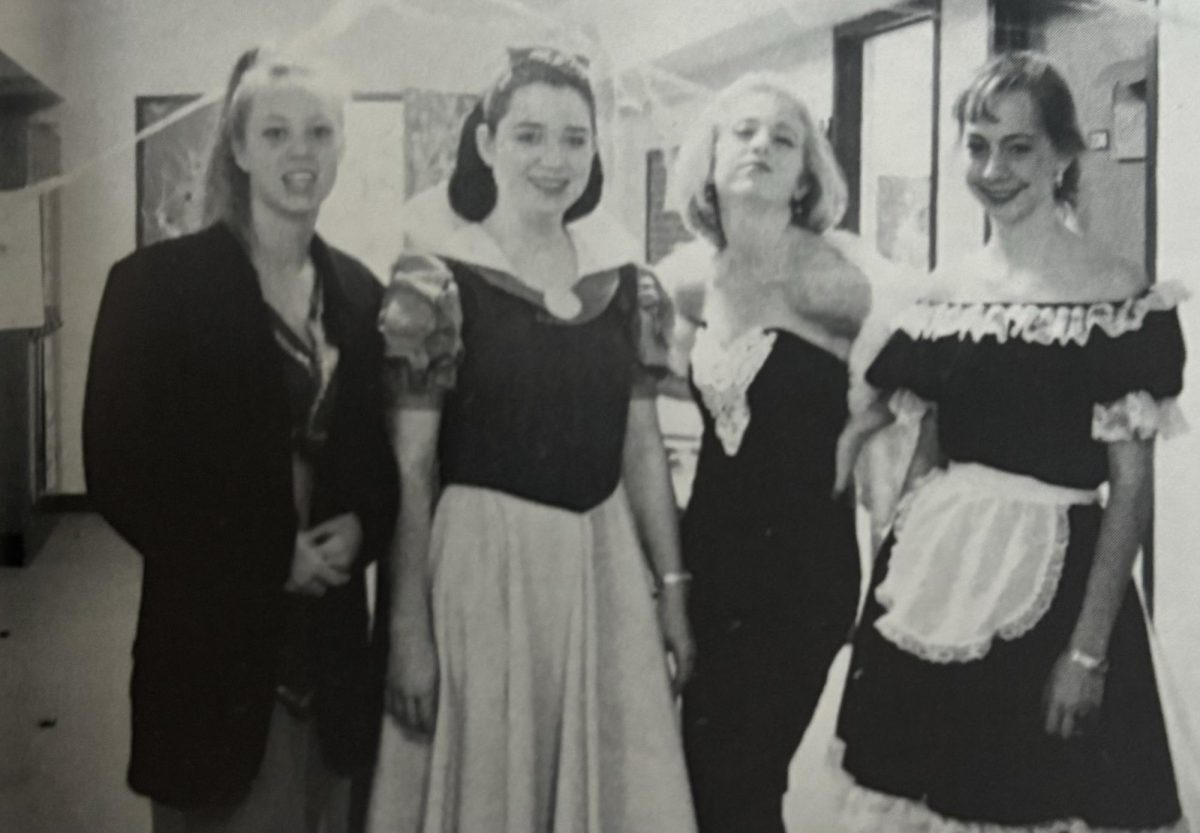Can I just say how thankful I am that President Obama has finally gotten on the STEM bandwagon? Last April, he announced a new U.S. research initiative to study the human brain, which marks one of the first times Obama has promoted a plan aimed at making the U.S. a world science power.
Next year, Hockaday will have the same opportunity to revamp the science program into a creative, collaborative education system that will benefit girls for the next century. Lyda Hill ‘60 gave Hockaday $20 million two years ago on April 7, 2011 not only to construct a building but also to develop an ideology: to be on the cutting edge of science. As a nostalgic senior destined to study the mysteries of the scientific universe, it’s my last chance to make a case for pursuing STEM.
According to the 2012 Programme for International Student Assessment (PISA), an exam administered internationally to gauge education and proficiency in various subjects, the U.S. ranks 36th overall and scored an average of 497 in the science section, 83 points behind the top-ranked Shanghai, China.
The U.S. can advance its standings, and Hockaday girls can lead that revolution.
We’re already on the right track. The new integrated math curriculum follows the same method as many academically high-performing countries, and research-based courses such as organic chemistry and microbiology focus on extrapolation of data into real-world applications, a skill PISA states the U.S. lacks. These changes portend a push for STEM at Hockaday.
However, there’s still one thing Hockaday needs to succeed in the next century. Let’s not just push for STEM; let’s take a leap of faith. Mandy Ginsberg ’88 said it best at the March Founder’s Day Assembly, suggesting a cornerstone for “Risk Taking.” Girls, take a risk with advanced math and science courses. Try JETS. You just might love it!
Ela Hockaday was a risk-taker and trailblazer, and it’s her combination of grit and grace that I would like more girls to adopt.
Hockaday instilled this nature in me along with the conviction that girls can do anything. One hundred years ago this was not the case. No one would have thought girls could change the world. No one thought girls belonged in academia. One person, however, thought differently.
And that person was Ela Hockaday.
So in the next 100 years, let’s continue that mission and fill our new science building with girls who would make Miss Hockaday proud.
– Mary Clare Beytagh




